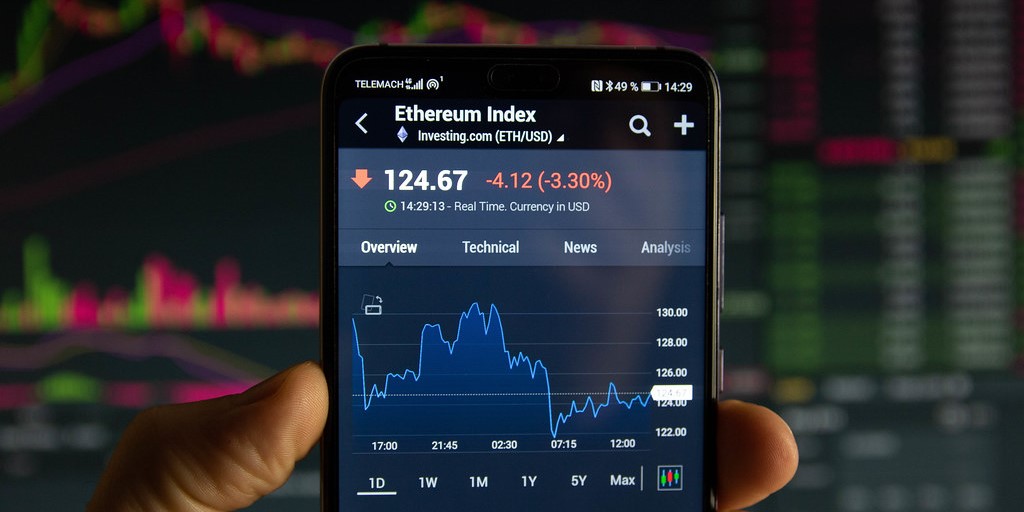
Behind the Numbers: Major Stock Indices
Written by AQUMON Team on 2019-11-15
Summary:
◇ Stock indices are often used to represent a financial market’s performance. They can also serve as benchmarks to evaluate how our investments are performing relative to the broad market.
◇ Stock indices usually comprise of the largest and most liquid companies and there are stringent criteria before they can be included in a stock index.
◇ The digits after an index indicate the number of its component stocks and we will briefly introduce several common stock indices and their significance.
Regardless of the stock trading app you use, its front page will always show the performance of various stock indices.
How is a stock index formed? A stock index is formed by selecting representative companies of different types from a pre-determined stock pool and calculating the weighted average of their stocks’ prices. Therefore, many people will use the rise and fall of a certain index (e.g. Hang Seng Index) as a measure for how its corresponding market (e.g. Hong Kong) is performing.
Which companies get selected into a stock index?
To be an index’s component, a company has to be large in its size (large market capitalization), liquidity (high turnover) and be listed in the corresponding stock exchange for an extended time period. Because the aggregate of the component stocks take up a significant portion of the total stock market’s capitalization, they provide a good representation of the overall market performance.
Using Hong Kong’s Hang Seng Index as an example, there are 3 main selection criteria for companies to be selected:
1) They must the largest companies in size - specifically be amongst those that comprise top 90% of the total market value of all ordinary shares.
2) Their stocks must be very liquid (can easily sell particularly in times of market stress) - specifically must be among those that comprise top 90% of the total turnover on the Stock Exchange of Hong Kong Limited (SEHK).
3) They should have a decent length in listing history - specifically should have a listing history of 24 months on the SEHK but for newer stocks if they meet certain requirements this can be reviewed on a case by case basis.
The Hang Seng Index is comprised of 50 companies and they represent about 60% of the total market capitalisation of the SEHK. So the index is quite a representative measure of how the Hong Kong market is doing.
Some indices are followed by a few digits, what do the digits mean?
Usually, they represent the number of component stocks in an index. The smaller the number, the fewer stocks are covered, and the better the selected companies are relative to the market.
Take the familiar S&P 500 Index as an example. Here ‘500’ represents the 500 large U.S. stocks with the highest trading value, including Google, Facebook, and JPMorgan Chase. Many consider this index to the one of the best representations of the U.S. stock market.
Investors often want their chosen stocks or portfolios to outperform market indices, or equivalently, outperform the ‘good’ companies. Therefore, stock indices also usually serve as benchmarks to evaluate how our investments are doing in a market.
Here is a table of the largest stock indexes in the U.S. and Asia and how many underlying stocks (called “constituents”) they have:

If you are investing in the Hong Kong stock market, you should refer to the Hang Seng Index (HSI), which is based on its 50 component stocks’ capitalization. The 50 component stocks account for about 60% of the Hong Kong stock market’s capitalization and include HSBC Holdings, Tencent Holdings, and AIA Group.
If you are interested in the US stock market, you should refer to either the S&P 500 Index, the Nasdaq 100 Index (NDX), or the Dow Jones Industrial Average (DJIA).
NDX consists of 100 US and international non-financial stocks, and they are mostly large-capitalization, high-tech growth stocks like Apple, Google, and Microsoft. Investors interested in technology stocks can use the Nasdaq 100 Index as a benchmark.
DJIA consists of 30 biggest, most well-known listed companies in the US. While the index’s name includes the word “industry”, most of the 30 component stocks are no longer related to heavy industry.
About us
As a leading startup in the FinTech space, AQUMON aims to make sophisticated investment advice cost-effective, transparent and accessible to both institutional and retail markets, via the adoptions of scalable technology platforms and automated investment algorithms.
AQUMON’s parent company Magnum Research Limited is licensed with Type 1 & 4 under the Securities and Futures Commission of Hong Kong. In 2017, AQUMON became the first independent Robo Advisor to be accredited by the SFC.
AQUMON’s investors include Alibaba Entrepreneurs Fund, Bank of China International and HKUST.
Disclaimer
Viewers should note that the views and opinions expressed in this material do not necessarily represent those of Magnum Research Group and its founders and employees. Magnum Research Group does not provide any representation or warranty, whether express or implied in the material, in relation to the accuracy, completeness or reliability of the information contained herein nor is it intended to be a complete statement or summary of the financial markets or developments referred to in this material. This material is presented solely for informational and educational purposes and has not been prepared with regard to the specific investment objectives, financial situation or particular needs of any specific recipient. Viewers should not construe the contents of this material as legal, tax, accounting, regulatory or other specialist of technical advice or services or investment advice or a personal recommendation. It should not be regarded by viewers as a substitute for the exercise of their own judgement. Viewers should always seek expert advice to aid decision on whether or not to use the product presented in the marketing material. This material does not constitute a solicitation, offer, or invitation to any person to invest in the intellectual property products of Magnum Research Group, nor does it constitute a solicitation, offer, or invitation to any person who resides in the jurisdiction where the local securities law prohibits such offer. Investment involves risk. The value of investments and its returns may go up and down and cannot be guaranteed. Investors may not be able to recover the original investment amount. Changes in exchange rates may also result in an increase or decrease in the value of investments. Any investment performance information presented is for demonstration purposes only and is no indication of future returns. Any opinions expressed in this material may differ or be contrary to opinions expressed by other business areas or groups of Magnum Research Limited and has not been updated. Neither Magnum Research Limited nor any of its founders, directors, officers, employees or agents accepts any liability for any loss or damage arising out of the use of all or any part of this material or reliance upon any information contained herein.
